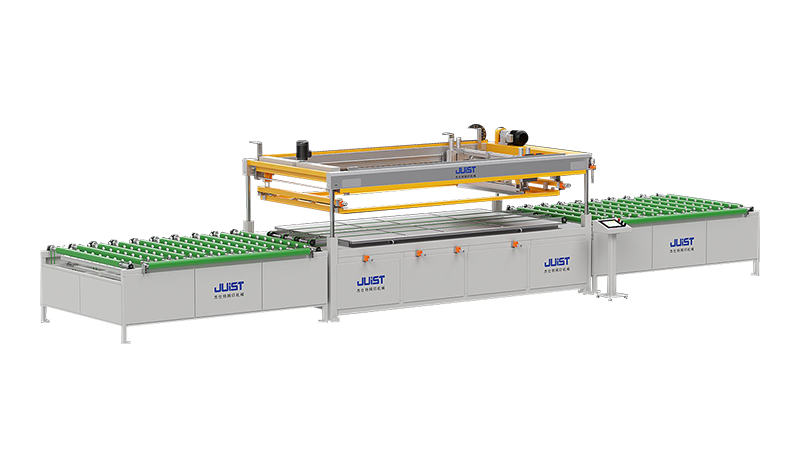+86-519-83387581
The importance of ink volume control
Color saturation determines the vividness of the printed product and is the first factor to attract the viewer's attention. In the fully automatic screen printing process, if the ink volume is not properly controlled, the color may be too light or too thick, affecting the overall visual effect. Uniformity is a key indicator to measure whether the ink distribution on the surface of the printed product is consistent. Any local ink accumulation or loss will destroy the harmony of the picture. Consistency is the basis for ensuring that there is no obvious difference between batches of printed products, which is particularly important for brand promotion, product packaging and other fields. Therefore, precise control of ink volume is a prerequisite for ensuring these quality characteristics.
Application of sensing technology for advanced equipment
In order to achieve precise control of ink volume, advanced automatic (CCD) sheet screen printing machine are usually equipped with high-tech sensing systems. Among them, ink level sensors and weight sensors are the two most core categories. The ink level sensor monitors the ink height changes in the ink tank in real time through non-contact or contact methods to ensure that the ink volume is always maintained within the ideal operating range. The weight sensor indirectly reflects the ink consumption by measuring the total weight change of the ink tank. This method is more direct and accurate, especially suitable for occasions with extremely high requirements for ink consumption accuracy.
Automatic alarm and refueling function
Combined with the intelligent control system, when the ink volume is monitored to be lower than the preset safety threshold, the fully automatic screen printing machine will automatically trigger the alarm system and remind the operator through sound and light signals. More advanced is that some high-end models are also equipped with automatic refueling function. Once a low ink signal is received, the system will automatically extract an appropriate amount of ink from the spare ink barrel to replenish the ink tank. The whole process does not require manual intervention, ensuring the continuity and stability of the printing operation. This automated emergency handling mechanism not only effectively avoids printing interruptions caused by insufficient ink, but also significantly reduces the cost and time of manual monitoring, and improves overall production efficiency.
Benefits of real-time monitoring
The strategy of real-time monitoring of ink volume is far more meaningful than avoiding printing quality problems. It can also provide valuable basis for optimizing the printing process through data analysis. For example, by analyzing the ink consumption rate, companies can more reasonably plan the ink procurement cycle and reduce inventory backlogs and waste. At the same time, the long-term accumulation of ink usage data helps to identify potential problems in the printing process, such as ink leakage, excessive consumption, etc., so as to take targeted improvement measures and further improve production efficiency and cost control capabilities.









